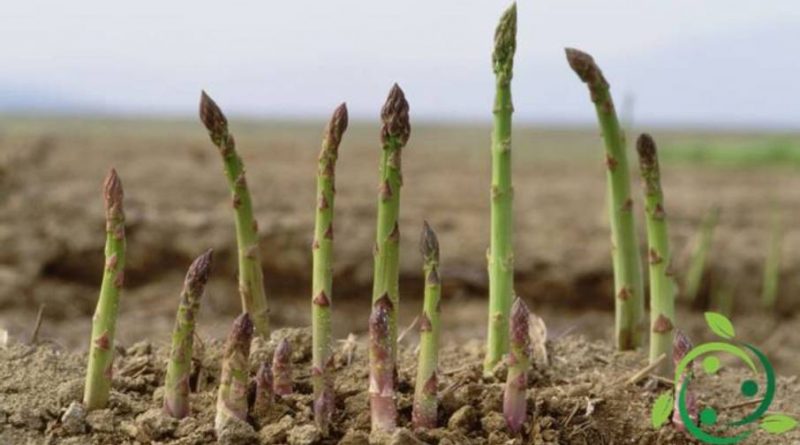How to grow asparagus in a biological way
How to grow asparagus in a biological way
To grow asparagus (Asparagus officinalis L.) it is important to know that this plant takes a few years to get into production, so it will be necessary to program it carefully. The asparagus prefers a mild climate, without excesses of cold or heat, very sunny and not too exposed to the wind. The soil should be well drained, medium-textured or light. As for fertilization, since the plant must persist for several years it is good to make a good fertilization of the bottom with organic substance (well-mature manure or compost). For the plant you can start from seed or from the so-called “legs”. It is evident that, even if more expensive, starting from the legs (purchased in nurseries) allows to accelerate the entry into production.
The legs are buried in the ground from early spring to April. Starting from seed you must prepare a seedbed in spring to transplant the seedlings in June. The recommended sixth of the plant is 30-40 cm between the plants and a meter between them, digging about 30 cm to plant the organic substance, after which the seedlings or legs are partially covered with the earth. Immediately after the plant is proceeded to abundant watering to facilitate rooting and root development. After planting the normal weeding operations (or vegetal mulch we recommend), irrigation without touching the shoots that will have to develop during the first year. In autumn the yellowed stalks are cut and a further fertilization and / or mulch is carried out to protect and nourish plants and roots. In the second year then, starting from March, the previous mulch is broken, with a slight rincalco and to cover the ground with a new vegetable mulch, then it is irrigated as needed throughout the period of major evapotranspiration.
In the month of June it will be possible to finally proceed to the harvest by cutting when the length of the asparagus exceeds 10 cm, leaving the finest and not exaggerating in this second have the picking. In autumn the same operation of the previous year will be carried out and this cultivation cycle, if well maintained, can be prolonged, above all in the family vegetable gardens up to 15-20 years. If, obviously, you want to obtain white asparagus, you need to cover the shoots to avoid photosynthesis and obtain a softer product with a lighter flavor. But we must say that there are varieties that are whiter or greener and some that tend to purple or pink. The asparagus, especially in a family vegetable garden, can be associated with cucurbits (cucumbers, squashes, courgettes, etc.) and with the carrot that repels the onion fly. It must be said, however, that after the first two years the consociations become more difficult, except that the distances are not increased by the plant.
Among the adversities of the asparagus we remember especially the malinato (mushroom), the fusarium, the rusts, the onion fly which can be contained by the presence of the carrot and the aphids. If you avoid stagnation, you work well with vegetable mulch, do not use nitric fertilizers and do not follow the rotation in the potatoes should not manifest particular problems. For this crop it is also interesting to take action, starting from the spring of the nettle macerate which, in addition to carrying out a good insecticidal activity against aphids, provides nutrients that make the asparagus plant benefit.

